It’s time for the global North to look South
It’s not hard to imagine some of the headlines that will be stamped across homepages in 2022. While world leaders still find it hard to come to an agreement on how to curb greenhouse gas emissions, California fires will be blazing, the Amazon will face deforestation, populations will be forced from their lands because of severe weather and its economic consequences. There’s no doubt: The climate crisis is here.
As I see my peers from the U.S. and Europe grappling with the notion underlying climate change — that economic decisions of the past are having devastating consequences over how we live now and how we see the future, if we do at all — I’m reminded of the countless times we reporters from the global South covered the very same issues.
For the record, I’m a journalist from Brazil who’s covered human rights issues her entire life. It’s nice to meet you.
Latin America is home to 60 percent of global terrestrial life. Three of the five countries with the most avian, amphibian, mammal, reptilian, fish, and plant life are in Latin America. The Amazon houses 10 percent of the world’s biodiversity. Thirty percent of the world’s freshwaters flow through South America alone. Throughout history, natural wealth has determined the fate of my continent and its people, while it served as a source of natural resources — from minerals to crops to livestock — often with dire consequences for the environment.
At the same time, peasant and Indigenous movements have resisted predatory enterprises, denouncing the environmental damage and coping with the severe health impacts of land degradation, water pollution, and air poisoning. On the other end are the multinational corporations that oversee pesticide-fueled farming, predatory mining, and oil and gas exploitation by forcing people off their lands and destroying traditional lifestyles.
Most Latin American journalists have covered some version of this struggle. But those voices are rarely, if ever, heard outside of the region.
Local communities are the ones with the most knowledge about how a corporation operates on the ground. They have pictures, documents, testimonies, and samples to share with any reporter willing to do the legwork. Local journalists have filed complaints with police and local councils to no effect.
But even when a journalist visits the community, does the fieldwork, listens to the leaders, and gathers the evidence, he or she still needs to convince an editor that these are credible sources. The same is true for the stringers trying to convince editors from the U.S. and Europe.
Community leaders are discredited based on how they talk, the color of their skin, or their culture. Editors disregard interviewees as “biased,” “uneducated,” or “uncorroborated.” Meanwhile, multinationals can afford to pay for their own legitimate-seeming research that seems to prove the opposite of what is happening on the ground — that their pesticide, for instance, has caused no harm. Even so, over the years, these leaders have organized marches, strikes, land occupations, and campaigns to call the attention of the world to the fact that local communities are the ones who preserve natural resources the most while living off the land.
At the same time, journalists who report from the front lines of environmental conflicts aren’t seen as shining beacons of the profession in the same way that war reporters are. Environmental journalists reporting from the ground are branded as “activists,” “partisan,” and “too engaged,” and their work is derided as “not objective.” Believe me: I’ve been there countless times.
The result is that, more often than not, these stories never make it to the news. And the voices of the communities are silenced.
These movements are rooted in a worldview that was called “backward” for centuries. But the right to land and water, to clean air and a healthy environment are now key to any serious reporting on climate change. Changes in climate are happening in every region of the world, and some of their consequences, such as continued sea-level rise, are irreversible.
While 100 corporations are responsible for 71% of all greenhouse gas emissions, some of them are still funding pseudoscience and climate change deniers. Scientists and journalists in the U.S. and Europe are now attacked for exposing the harm that predatory capitalism does — a situation not unlike how social leaders at the helm of environmental justice movements have been attacked for centuries for exposing the same thing. Now journalists in the global North are the ones being labeled “too engaged” and “biased.” The struggles of the South have reached the North.
As news organizations in the North increase their focus on the climate crisis, it’s time for community leaders in the South — and the journalism that already regards these leaders as experts in nature conservancy and healing the earth — to be seen as valuable sources of stories, commentary, and solutions. These leaders hold a priceless body of knowledge on how to preserve such resources and, more importantly, on how to build movements around protecting them.
In the face of climate collapse, it’s time for the North to start looking South — and learn from its people and journalists.
Natalia Viana, a 2022 Nieman Fellow, is an executive director of the nonprofit investigative site Agência Publica.
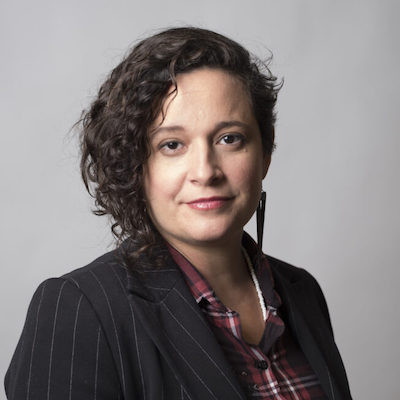
It’s not hard to imagine some of the headlines that will be stamped across homepages in 2022. While world leaders still find it hard to come to an agreement on how to curb greenhouse gas emissions, California fires will be blazing, the Amazon will face deforestation, populations will be forced from their lands because of severe weather and its economic consequences. There’s no doubt: The climate crisis is here.
As I see my peers from the U.S. and Europe grappling with the notion underlying climate change — that economic decisions of the past are having devastating consequences over how we live now and how we see the future, if we do at all — I’m reminded of the countless times we reporters from the global South covered the very same issues.
For the record, I’m a journalist from Brazil who’s covered human rights issues her entire life. It’s nice to meet you.
Latin America is home to 60 percent of global terrestrial life. Three of the five countries with the most avian, amphibian, mammal, reptilian, fish, and plant life are in Latin America. The Amazon houses 10 percent of the world’s biodiversity. Thirty percent of the world’s freshwaters flow through South America alone. Throughout history, natural wealth has determined the fate of my continent and its people, while it served as a source of natural resources — from minerals to crops to livestock — often with dire consequences for the environment.
At the same time, peasant and Indigenous movements have resisted predatory enterprises, denouncing the environmental damage and coping with the severe health impacts of land degradation, water pollution, and air poisoning. On the other end are the multinational corporations that oversee pesticide-fueled farming, predatory mining, and oil and gas exploitation by forcing people off their lands and destroying traditional lifestyles.
Most Latin American journalists have covered some version of this struggle. But those voices are rarely, if ever, heard outside of the region.
Local communities are the ones with the most knowledge about how a corporation operates on the ground. They have pictures, documents, testimonies, and samples to share with any reporter willing to do the legwork. Local journalists have filed complaints with police and local councils to no effect.
But even when a journalist visits the community, does the fieldwork, listens to the leaders, and gathers the evidence, he or she still needs to convince an editor that these are credible sources. The same is true for the stringers trying to convince editors from the U.S. and Europe.
Community leaders are discredited based on how they talk, the color of their skin, or their culture. Editors disregard interviewees as “biased,” “uneducated,” or “uncorroborated.” Meanwhile, multinationals can afford to pay for their own legitimate-seeming research that seems to prove the opposite of what is happening on the ground — that their pesticide, for instance, has caused no harm. Even so, over the years, these leaders have organized marches, strikes, land occupations, and campaigns to call the attention of the world to the fact that local communities are the ones who preserve natural resources the most while living off the land.
At the same time, journalists who report from the front lines of environmental conflicts aren’t seen as shining beacons of the profession in the same way that war reporters are. Environmental journalists reporting from the ground are branded as “activists,” “partisan,” and “too engaged,” and their work is derided as “not objective.” Believe me: I’ve been there countless times.
The result is that, more often than not, these stories never make it to the news. And the voices of the communities are silenced.
These movements are rooted in a worldview that was called “backward” for centuries. But the right to land and water, to clean air and a healthy environment are now key to any serious reporting on climate change. Changes in climate are happening in every region of the world, and some of their consequences, such as continued sea-level rise, are irreversible.
While 100 corporations are responsible for 71% of all greenhouse gas emissions, some of them are still funding pseudoscience and climate change deniers. Scientists and journalists in the U.S. and Europe are now attacked for exposing the harm that predatory capitalism does — a situation not unlike how social leaders at the helm of environmental justice movements have been attacked for centuries for exposing the same thing. Now journalists in the global North are the ones being labeled “too engaged” and “biased.” The struggles of the South have reached the North.
As news organizations in the North increase their focus on the climate crisis, it’s time for community leaders in the South — and the journalism that already regards these leaders as experts in nature conservancy and healing the earth — to be seen as valuable sources of stories, commentary, and solutions. These leaders hold a priceless body of knowledge on how to preserve such resources and, more importantly, on how to build movements around protecting them.
In the face of climate collapse, it’s time for the North to start looking South — and learn from its people and journalists.
Natalia Viana, a 2022 Nieman Fellow, is an executive director of the nonprofit investigative site Agência Publica.
Chicas Poderosas

j. Siguru Wahutu
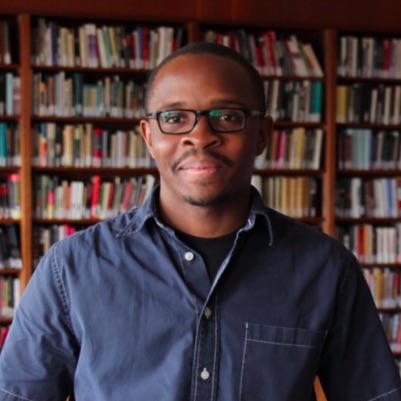
Jody Brannon

Rasmus Kleis Nielsen

Wilson Liévano
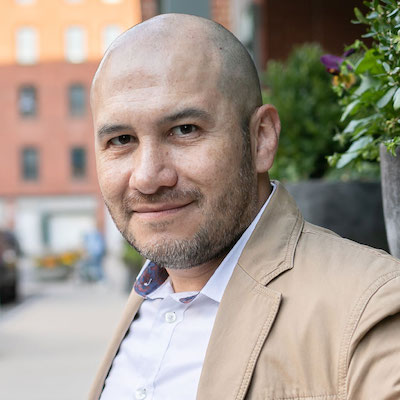
Don Day

Julia Angwin

Natalia Viana

Shannon McGregor Carolyn Schmitt

Gordon Crovitz

Melody Kramer

Candace Amos

Mary Walter-Brown

Mandy Jenkins

AX Mina

Sarah Marshall

Ståle Grut

Moreno Cruz Osório

Parker Molloy

Juleyka Lantigua

Matt DeRienzo

Errin Haines

Whitney Phillips

Joshua P. Darr

Jennifer Brandel

Jonas Kaiser

Raney Aronson-Rath
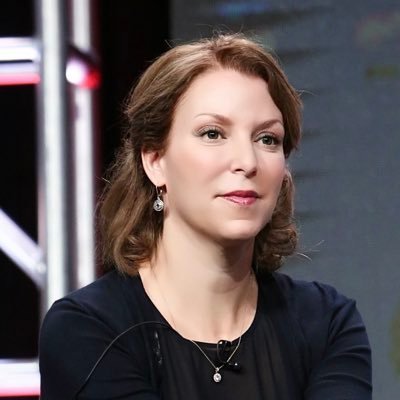
Chase Davis

A.J. Bauer

James Salanga

Victor Pickard

Robert Hernandez

David Skok
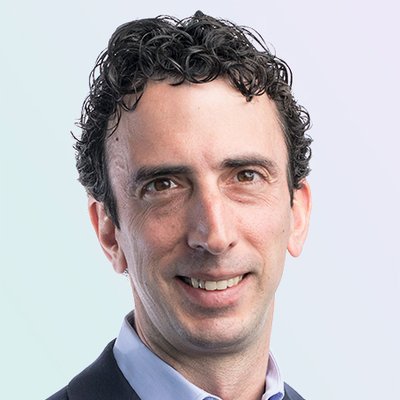
Kristen Jeffers
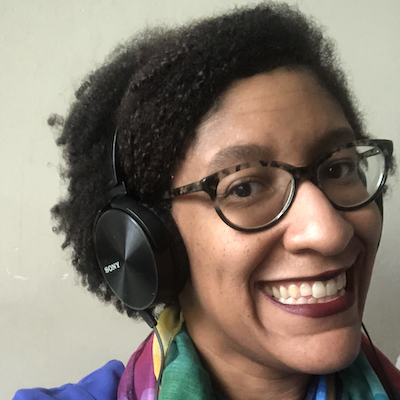
Izabella Kaminska
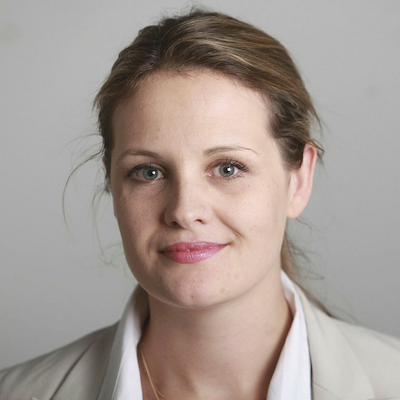
James Green

Joy Mayer

Joe Amditis

Richard Tofel

Paul Cheung

Zizi Papacharissi

Amy Schmitz Weiss

Jessica Clark

Amara Aguilar

Joanne McNeil

Meena Thiruvengadam
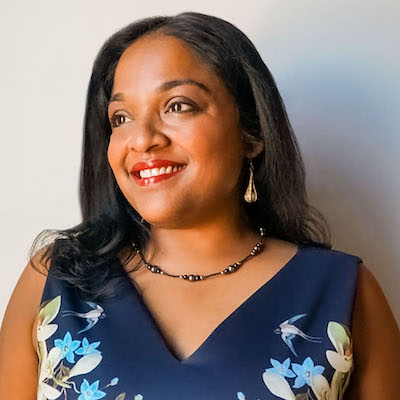
Matthew Pressman

Simon Allison

Jesse Holcomb
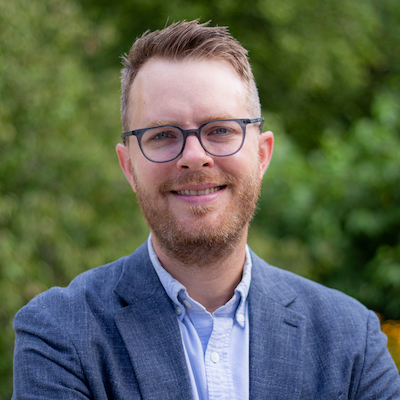
Burt Herman
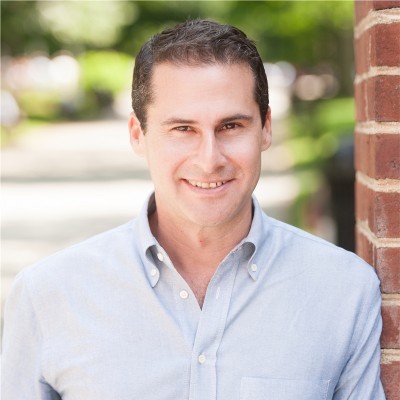
Gabe Schneider

Cindy Royal

Cristina Tardáguila

Brian Moritz

Andrew Freedman

Jesenia De Moya Correa
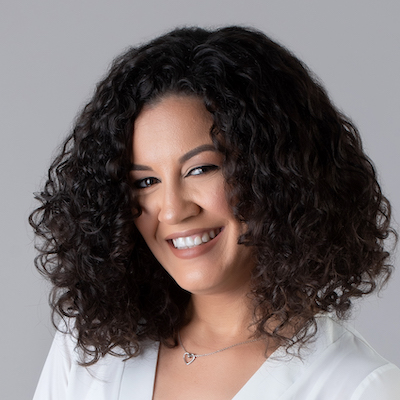
Gonzalo del Peon

Millie Tran

Sarah Stonbely

Jennifer Coogan

S. Mitra Kalita
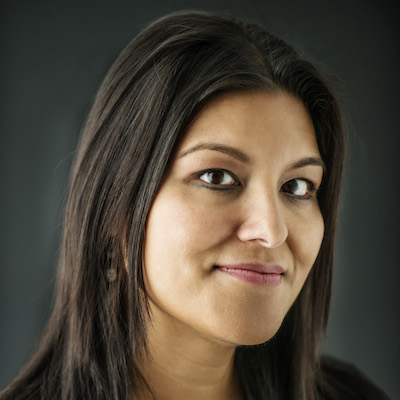
Stefanie Murray

Mike Rispoli
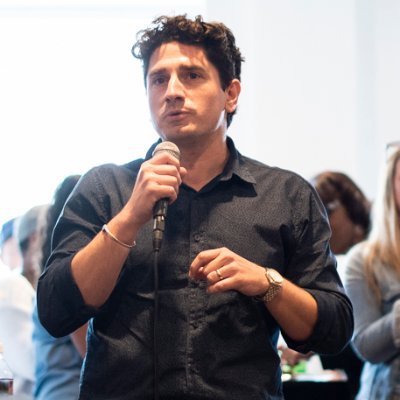
Catalina Albeanu

Matt Karolian

Simon Galperin

Sam Guzik

Anthony Nadler

David Cohn

Alice Antheaume

Rachel Glickhouse

Tom Trewinnard

Jim Friedlich
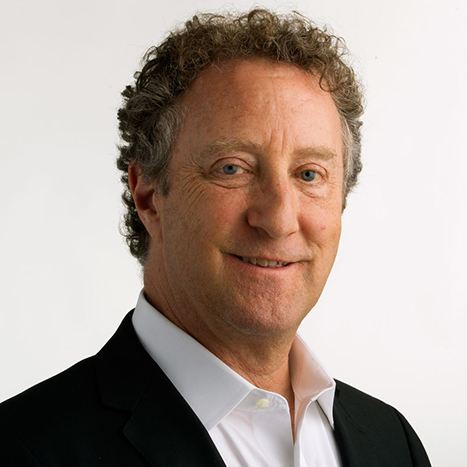
Christina Shih

Kathleen Searles Rebekah Trumble

Francesco Zaffarano
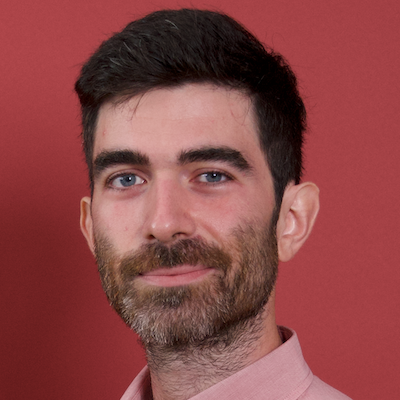
Cherian George
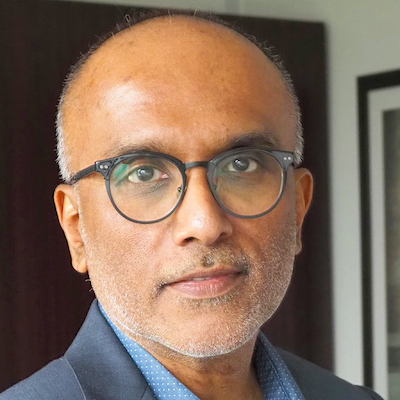
Kendra Pierre-Louis

John Davidow

Kristen Muller

Anita Varma
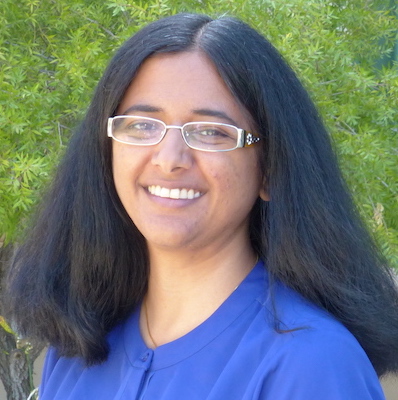
Anika Anand

Kerri Hoffman
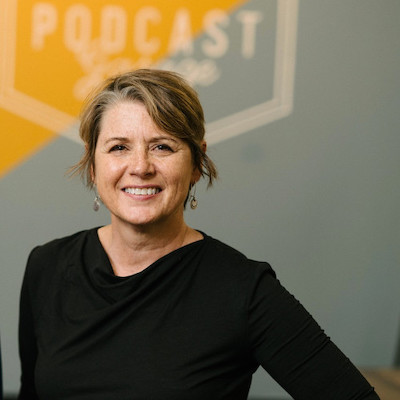
Michael W. Wagner

Ariel Zirulnick

Eric Nuzum

Nik Usher

Megan McCarthy

Christoph Mergerson
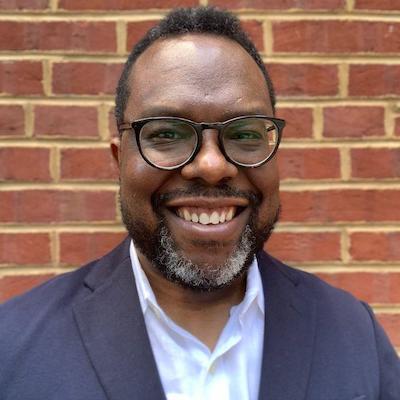
Doris Truong

Julia Munslow

Stephen Fowler

Mario García
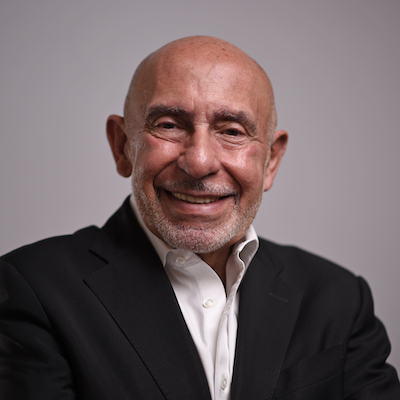
Joni Deutsch

Shalabh Upadhyay

Laxmi Parthasarathy

Tony Baranowski
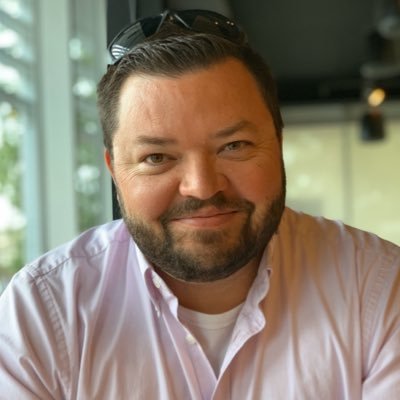
Larry Ryckman

Daniel Eilemberg
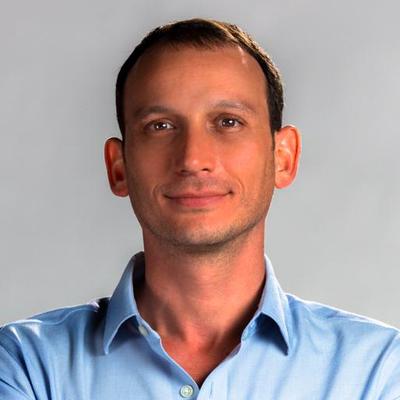
Tamar Charney
